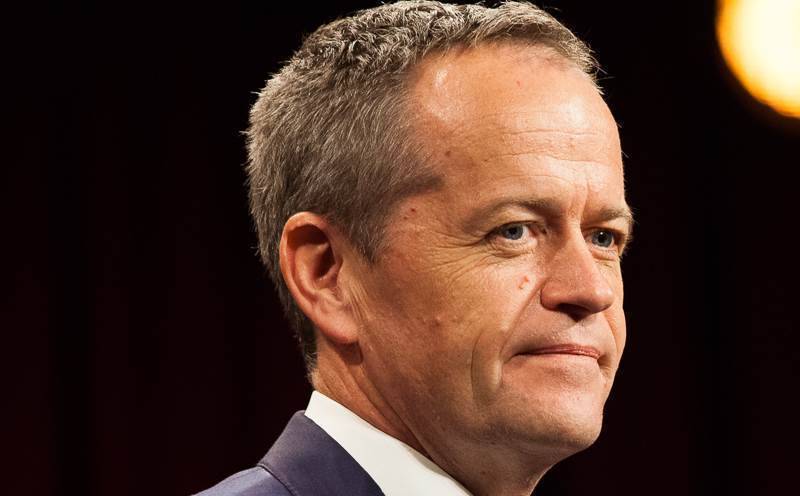
The federal government may be shaping to use Agile thinking – specifically the INVEST method – in its approach to IT work, to decrease the potential for future “catastrophic” project failures.

Government services minister Bill Shorten on Thursday backed INVEST – independent, negotiable, valuable, estimable, small and testable – to change Canberra’s IT fortunes: keeping projects small and self-contained, testing technology early, and promoting reuse.
He said the INVEST model had already been successfully used by public servants to create a facility to “digitally execute statutory declarations and deeds”.
Development spend on that project was kept to $1.5 million with a further $1 million in running costs, he said, adding it’s expected to save hundreds of millions of dollars.
Shorten’s broad preference, unsurprisingly, is for more of these types of projects, and for fewer – or no – projects that run up big bills before being canned; Centrelink’s $191 million entitlements calculation engine and the $530 million modernising business registers program being key examples of projects the government wants to avoid.
“We need to perhaps look at small, innovative projects where the cost is in single digit millions rather than hundreds of millions, and these projects should align with government and citizens priorities,” Shorten said.
“Large IT projects have an unacceptably high rate of failure. Agencies have a habit of chasing losses or reinforcing defeat.
“Ten $5 million projects, I think, are significantly less risky than one $50 million project. And if you think about it, you could have four or five of these projects in [a government] incubator tested to ensure their viability before being sent out into the world.”
Getting to a minimum viable product (MVP) quickly and with minimal outlay is seen as a priority.
“The minimum viable product should be tested as soon as possible,” Shorten said.
“I think the entitlement calculation engine is a cautionary tale here. Its unviability was discovered too late after too much money had already been thrown at it.”
The government also wants projects to be more self-contained, and not be coupled to or reliant on other works being done first, in order to proceed or achieve a result.
“The government should be able to negotiate the order in which the projects are delivered,” Shorten said.
“We should be able to deliver it earlier or later than planned, or indeed cancel it without adverse effects on other projects.”
Changed vendor relationship dynamic
Agile alignment could significantly change the way that the government engages with vendors.
It would almost certainly reduce reliance and lock-in to proprietary vendor ecosystems.
The opportunities to participate in technology projects would be on a much smaller scale compared to today, with an emphasis on interoperability, since there would be no guarantee that a department or agency could align its technology stack to the point that it could become a single vendor ‘shop’.
Shorten signalled an intent to move away from “commodity technology purchasing” arrangements.
“People fall in love with a particular form of technology, and then we spend the rest of our time reinvesting in that tech as opposed to the original problem it was solving or the original benefit that we were seeking,” Shorten said.
“And of course, the more that you invest in one course of action, the harder it is to change course and reconsider.”
In Shorten’s reimagined view, the government – not consultants or others – would also have the technology skills to run delivery and execution, and not have to outsource that.
“I do not think the government should restrict itself to procurement and project management,” he said.
“I believe that we have to invest in in-house digital competency, smaller teams conducting smaller projects. They allow us to make these nimble investments.
“It allows more junior members of a team to see all aspects of a project from the beginning to the end, to get that engagement and experience.
“And rather than being a microscopic cog in a catastrophic ICT failure, they can do these things well.
“If procurements are required, government can have, I think, a huge increase in value for money, and we can also reach out to more small-and-medium sized enterprises to be part of building up government capability.”
Shorten also emphasised the need to encourage reuse in this model.
“There’s a chance that if we don’t manage this well, reusable componentry is neither developed or reused, but I think we can mitigate that risk by using our DTA [Digital Transformation Agency] to identify and ensure the projects develop componentry that has a higher likelihood of reuse,” he said.
Shorten raised Digital ID as the kind of reusable system that would “make future projects even cheaper to develop”, because it could be subbed in as the default user authentication mechanism for a range of digital service delivery programs.










